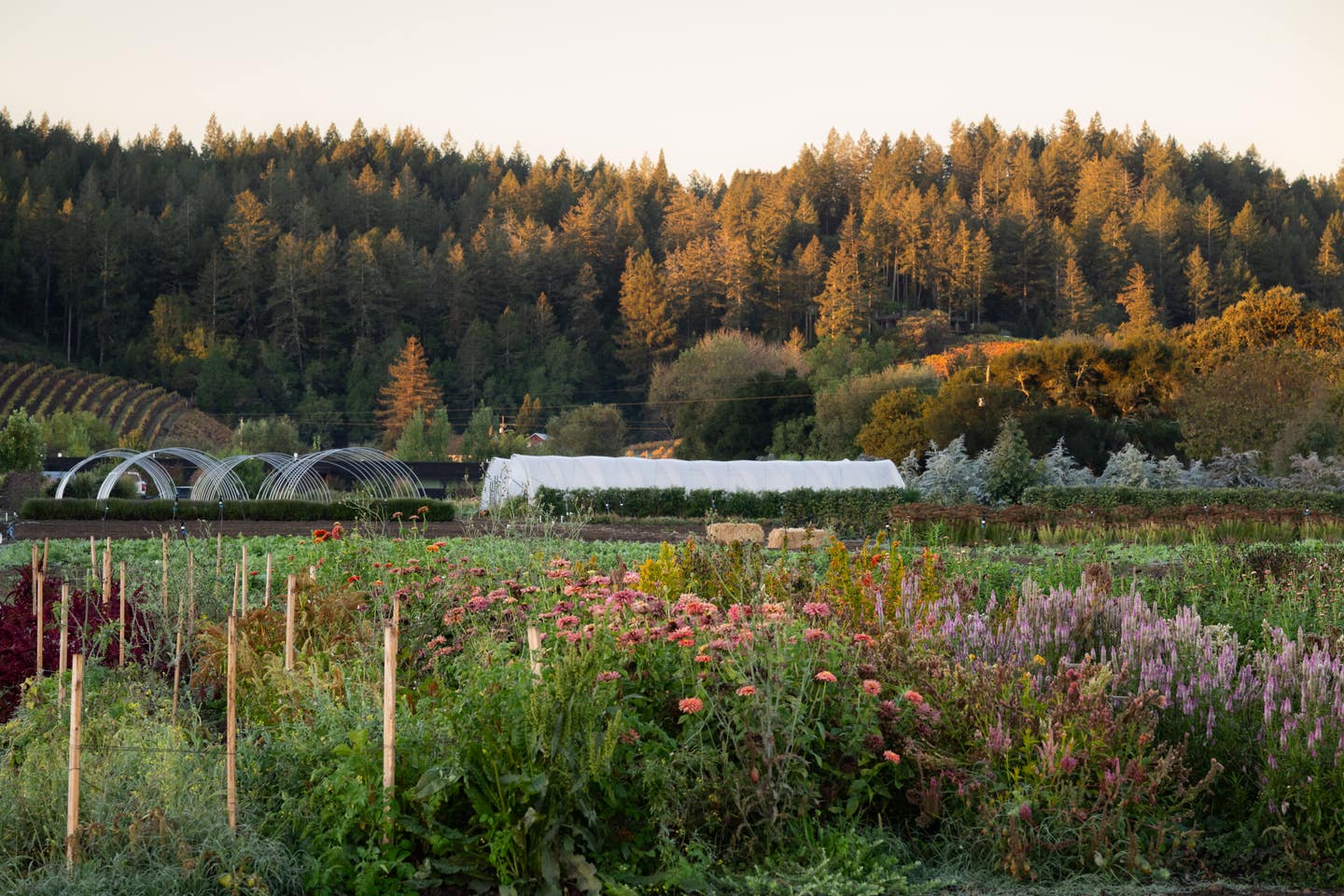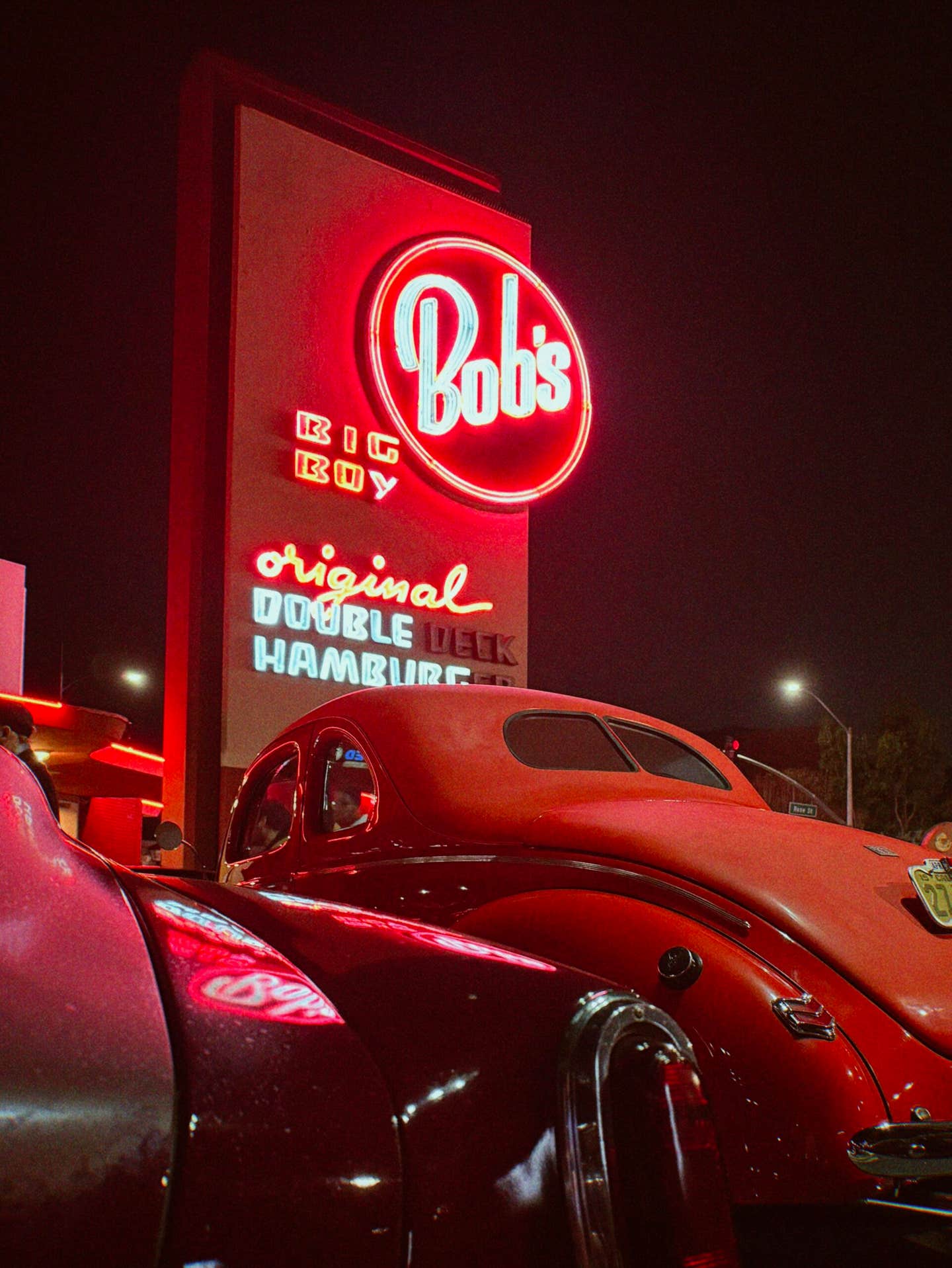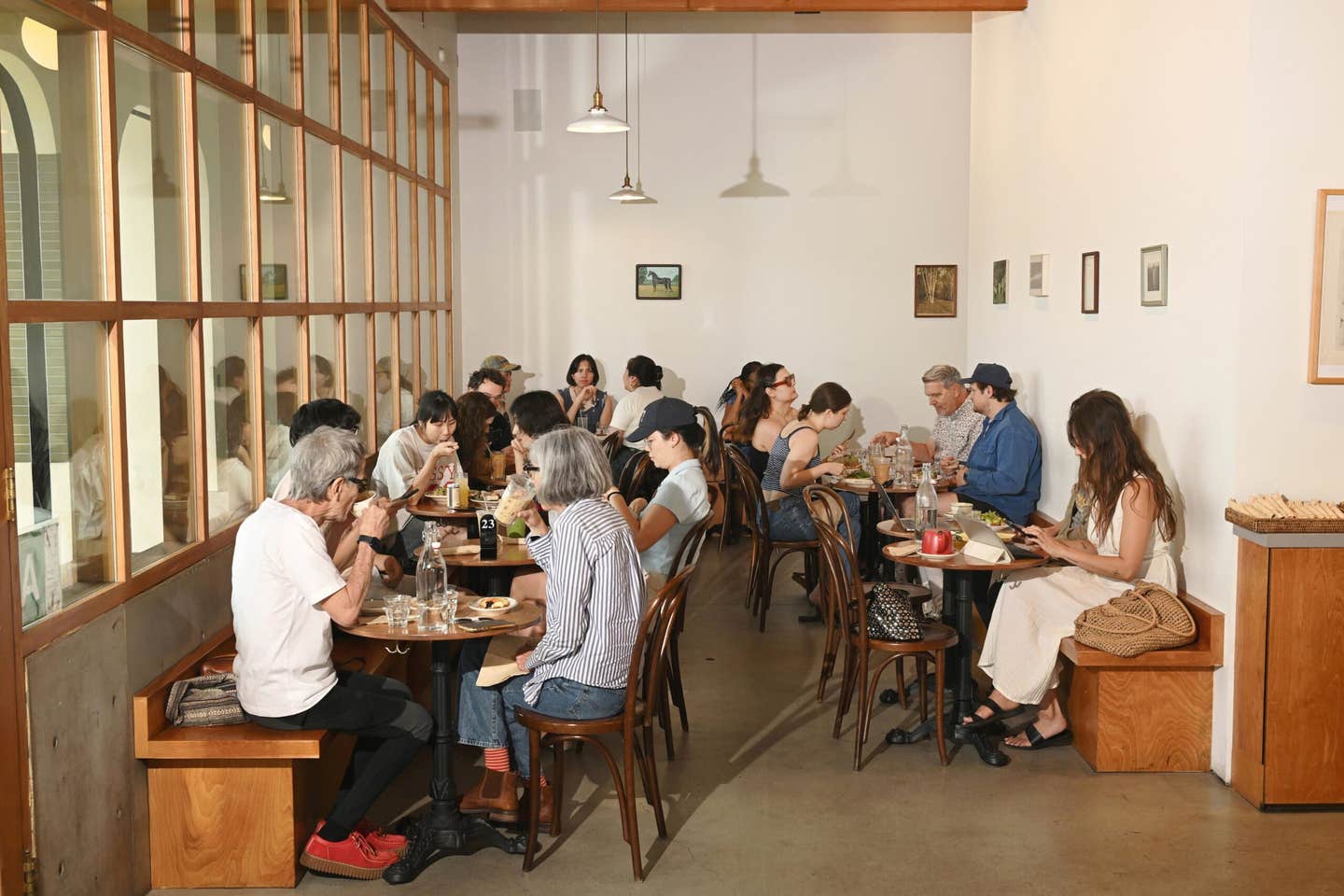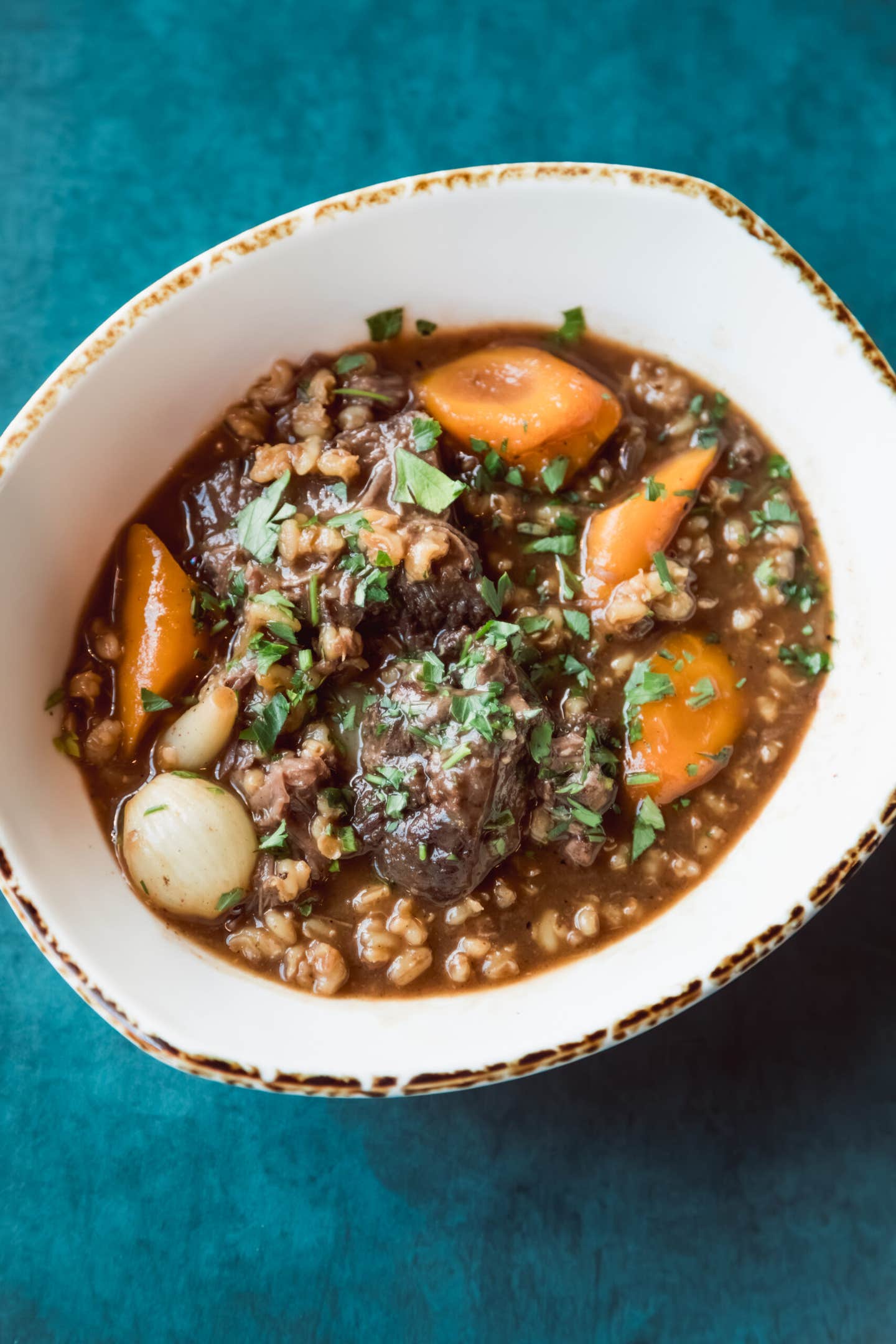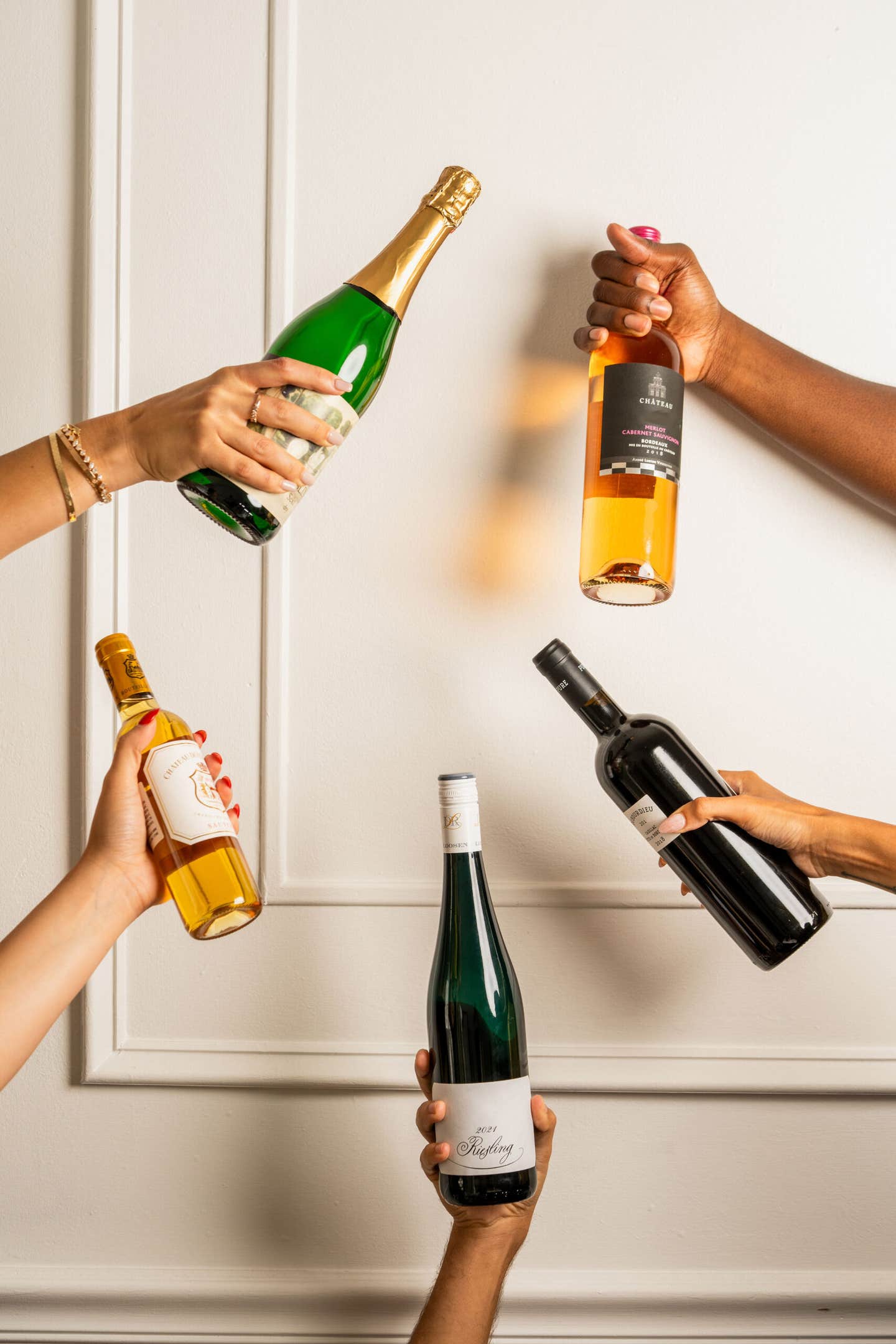The first recorded definition of a cocktail appeared in The Balance & Columbian Repository in the early 1800s as a drink made with distilled spirits andbitters. Fast-forward to 1862, Jerry Thomas called all mixed drinks cocktails in his book, How to Mix Drinks; or, The Bon Vivant’s Companion. His was a compilation of American and European recipes that gave birth to the modern cocktail craze. That being said, during the Gilded Age, cocktails were considered only appropriate for men as they were believed to be too strong for a delicate woman’s sensibilities.
A few decades later, a 1909 edition of The Woman’s Dictionary and Encyclopedia, edited by culinary maven Fannie Farmer, included 58 cocktail recipes — martinis and Manhattans among them. By then, men and women had begun to socialize over cocktails and appetizers. The Victorian tea party was rebranded as the American cocktail party. In restaurants and bars around the country, waiters with bow ties served cocktails to appreciative patrons. Martinis, sazeracs, and old fashioneds flowed, each with its own special glass. Though New York or San Francisco might be the cities that spring to mind when thinking of old-school cocktails, Los Angeles was right up there with them, especially among the stars of the Golden Age.
During the 1920s, Hollywood came into its own as a movie-making powerhouse, the Red Car connected neighboring cities to one another, downtown was a bustling shopping center, people had automobiles, and architectural design thrived. Restaurants and bars dotted the landscape – from swanky steakhouses to fancy hotel restaurants to informal pubs. There were so many dining options that, by the early 1930s, Los Angeles was responsible for the highest per capita restaurant sales in the country. The City of Angels was also one of the country’s most diverse place to eat. Stories of legend were created in LA dining establishments.
Grand hotels like the Biltmore and the Ambassador served luxurious French-style meals reminiscent of the Gilded Age and were the perfect place to host an upscale party (or awards celebration). While Champagne still flowed, cocktails reigned.
During the beginning of Hollywood’s Golden Age, the silent movie era produced Musso & Frank Grill. On Hollywood Boulevard since 1919, the dimly lit restaurant with dark mahogany stained walls and red leather banquettes quickly became the industry watering hole for stars like Greta Garbo, Charlie Chaplin, and Rudolph Valentino. Through the decades, for many it was like a home away from home. Orson Welles once proclaimed that being at Musso’s was “like being in the womb.”
Mingling amongst film’s biggest stars were also screenwriters and studio executives. Deals were made from its pay phone — the first in Hollywood. A star could nosh on stuffed celery, indulge in a filet mignon, and sip a martini at lunch. A combination of gin, vermouth, and an olive or twist of lemon, Musso’s martini is said to have been the best the city had to offer. It would bring an air of sophistication to anyone who drank it. Served stirred, not shaken, in its ubiquitous conical glass with a chilled decanter on the side, Musso’s three ounce martini is a taste of classic Los Angeles. To this day, it is considered one of the top cocktails in America. Prepared by bartenders like Manny Aguirre and Ruben Rueda who have manned the bar for decades, how could it not?
Hotels of the Golden Age also drew in big personalities. The Roosevelt, built in 1927, was financed by a group that included MGM head Louis B. Mayer, actors Mary Pickford and Douglas Fairbanks, and theater magnate Sid Grauman. Built in the Spanish Colonial style with art deco touches, it was the epitome of swank. The hotel opened just three days before Grauman’s namesake theater at a time when the movie industry was experiencing a revolutionary transition from silent to sound films. The Roosevelt hosted the first ever Academy Awards and, like Musso & Frank, is one of the relatively few old Hollywood haunts standing intact. It is the oldest still operating hotel in the city, today restored to its original glory with bars and restaurants reminiscent of its golden past.
Errol Flynn is rumored to have created a recipe for bootleg gin in a hotel bathtub. During Prohibition (1919-1933) when alcoholic beverages were illegal, gin became the liquor of choice. Since it didn’t require whiskey’s longer aging process, it was easy to produce illicitly. Fruit juices were added to sweeten the drink, making it easier to drink quickly — an important consideration when the establishment might be raided at any moment.
Equally historic is the Frolic Room — today a famous dive bar standing next to the Pantages Theater. Originally a private speakeasy lounge called Freddy’s, it opened to the public as Bob’s Frolic Room after the end of Prohibition in 1934. Cozy and dark with red bar stools, Howard Hughes, who owned both the bar and the Pantages from 1949 to 1954, added the art deco neon sign on its facade. The bar enjoyed the afterparty spillover during the years the Academy Awards were held next door.
The Frolic Room was known to make a mean old fashioned, a cocktail made by muddling sugar with bitters before the key ingredient, whiskey (typically bourbon), is added. According to legend, the drink was created in the late 19th century in Louisville, Kentucky to honor Colonel James Pepper, a bourbon distiller. Served on the rocks in a short tumbler which bears its name, the Old-Fashioned was once referred to as “the manliest cocktail order” but also “something your grandmother drank.” Sweet, smooth, and democratic, it was a favorite of regular patrons Frank Sinatra and Judy Garland.
As of 1937, a few miles west but still in Hollywood, stars would be found enjoying a plate of roast beef and “the best drink in town” at the Cock’n Bull on Sunset and Doheny, the birthplace of the Moscow mule. Ginger beer, vodka, lime juice and a sprig of mint served over ice in a copper mug, some claim the Moscow mule was invented to bring awareness to vodka, then a little-known spirit in the United States. Another story claims that owner Jack Wagner invented the libation as a way to clear out the bar of unsalable goods — vodka and ginger beer. The cocktail was dubbed as “The Drink with the Velvet Kick” and became a hit in Tinseltown. It is said to have driven America’s post-war vodka craze. Legend has it that some stars had their very own copper mug behind the bar.
Bette Davis, Errol Flynn, and F. Scott Fitzgerald were regulars at the Cock’n Bull. Richard Burton changed tables every time he changed wives. Its owner Jimmy Breslin once wrote, “You didn’t have to worry about some guy throwing up on your shoe or punching you in the mouth. The place had class.” His statement doesn’t necessarily exude elegance but it was a place that would guarantee a good time and a story or two. A popular hangout well into the 1980s, today it houses a luxury car dealership. A plaque on the wall keeps its memory alive.
Hollywood also had the Brown Derby, Formosa Cafe, and the still glamorous Chateau Marmont. Burbank claims the Smoke House; Beverly Hills, the now defunct Chasen’s, Trader Vic’s, and Romanoff’s. Downtown, Red Car riders and celebrities alike could grab a bite and a drink at Cole’s or at the Pacific Dining Car. Like these, there were many more Golden Age haunts all over the city. Though a number still stand, many only survive in the imagination.
Cocktails are shaken or stirred, rolled or muddled, dry or sweet, creamy or frozen. Creative and imaginative with he magical ability to slow the passage of time, cocktails are an American gift to the world, just like Hollywood – the city of dreams and fantasies, sunshine and noir.
Martini
INGREDIENTS
2 ó ounces gin
ó ounce dry vermouth
1 or 3 olives or a lemon twist, for garnish
METHOD
our gin and vermouth into a mixing glass filled with ice. Stir for 30 seconds and strain into a chilled martini glass. Garnish with olives or a lemon twist.
Old-Fashioned
INGREDIENTS
1 sugar cube
1 teaspoon water or club soda
2 to 3 dashes Angostura bitters
2 ounces bourbon
orange wedge, for serving
Maraschino cherry, for serving
METHOD
Muddle the sugar cube and bitters with water or club soda at the bottom of an Old Fashioned glass. Add bourbon and stir. Add one large ice cube or three or four smaller one. Stir until chilled and garnish with an orange wedge and a cherry.
Moscow Mule
INGREDIENTS
2 ounces vodka
ó ounce lime juice
4 ounces ginger beer
fresh mint, for garnish
METHOD
Fill a copper mug with ice. Pour in the vodka and lime juice. Fill the glass with ginger beer and stir once to mix. Garnish with a sprig of mint.

